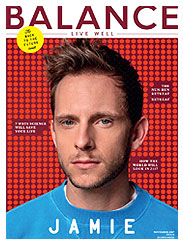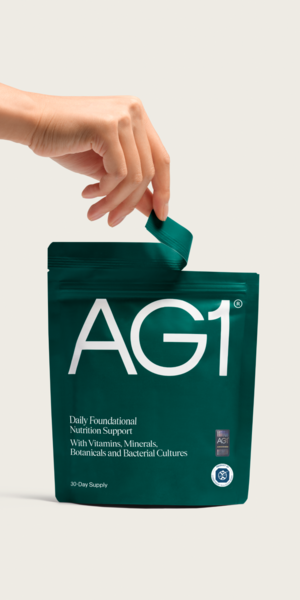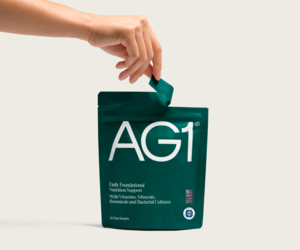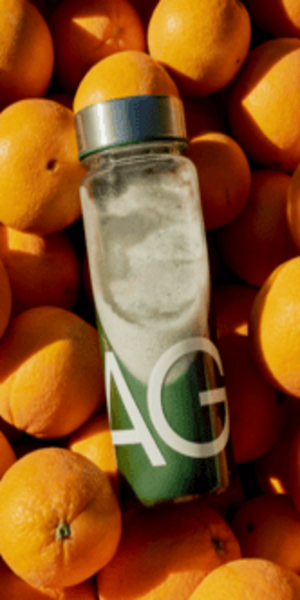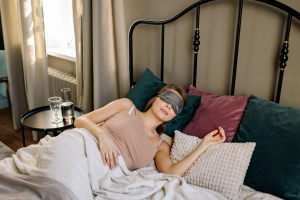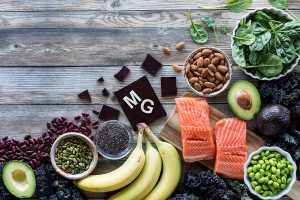Is microdosing with LSD the future?

Taking illegal drugs is a straightforward choice for most people: they either do it to get high, or they don’t. But what if a fractional dose of Class A didn’t get you high but instead improved health, wellbeing, mood and even creativity, problem-solving and productivity? Should such a seemingly beneficial substance, seen in new, positive light, even be illegal?
Microdosing of LSD (and other psychedelic drugs, including psilocybin, the active compound found in magic mushrooms taken in synthetic form) is on the rise, despite possession in the UK carrying a maximum sentence of seven years in prison. After the United Nations declared in 1971 it was “convinced that the abuse of LSD… presents an increasingly serious problem that could have very dangerous consequences”, LSD was criminalised. It remains so and, as a consequence, research into long- and short-term effects was severely curtailed.
A SMALL PUSH
On the other hand Professor David Nutt, the former head of the UK Government’s leading drug advisory board wrote in 2012 that LSD and other psychedelics “are among the safest drugs we know of. It’s virtually impossible to die of an overdose of them; they cause no physical harm and, if anything, they’re anti-addictive.”
In 2018, the scientific community is shining a spotlight on LSD, suggesting microdosing, according to anecdotal evidence, increases creativity, positive thinking, energy and wellbeing.
A microdose constitutes about a 10th of the typical recreational amount found in the average acid tab, not enough to experience a partial trip. Some exponents have reported positive outcomes, like the relief of constant and intermittent pain.
SMALL STUDY, BIG FINDINGS
According to Dr James Fadiman and Dr Sophia Korb, over 1,500 volunteers have followed their protocols for microdosing, before submitting daily mood reports and a longer, post-project review for analysis. According to their findings, “If you’re experiencing visual effects, you have taken too much.” They recommend a schedule of microdosing.
One day, followed by two days without, for a total of 10 cycles over 30 days. At Psychedelic Science 2017, a conference in Oakland, California, Fadiman presented his findings based on the experiences of the first 418 respondents to his citizen science project.
Three-quarters had chosen to microdose to deal with depression, and all felt an improvement. Those who hoped it would help with anxiety found this increased. However, individuals suffering from anxiety and depression enjoyed an increase in overall wellbeing. There were no reports of lasting harm and microdosing did not affect existing medications. In fact, users even felt they could reduce their prescriptions and reported increases in focus, tolerance, creativity, efficiency and problem solving
A TRIP TO THE UNKNOWN
Detractors point to a lack of accepted scientific fact derived from approved clinical trials, and suggest microdoses could be combined to make up a full trip-inducing dose – and one bad trip could mean long-term psychosis. The first two points are correct and the third is a long-standing belief which has persisted since the peak of LSD usage in the 1960s.
The moral panic surrounding ‘turn on, tune in and drop out’, which led to LSD’s UN ban in 1971, was driven by tales of nightmares, some of which told of people accidentally killing themselves because of wild hallucinations. None of these stories are backed by solid scientific evidence but it is this negative association which trumps positive anecdotal evidence. Solid research is precisely the sort of study Fadiman and Korb hope to stimulate. And still, no one knows why microdosing seems to be good for you.
Neuropsychopharmacology research into LSD’s effect on brain chemistry is increasing. In 2014, at University College London, Dr Robin Carhart-Harris led the UK’s first scientific study of LSD for more than 40 years. MRI scans of subjects who had taken a 75mg dose, or 5-6 microdoses, revealed previously undetected brain activity, including the visual processing system working without direct input from the eyes (in other words, hallucinations). These are exciting preliminary findings, but Fadiman believes there are more microdosers outside his study group who remain silent because of the illegal nature of LSD. He’s probably right, and it will be many years before LSD or other psychedelics are available as mainstream treatments. But getting to that point will certainly be one hell of a trip.


